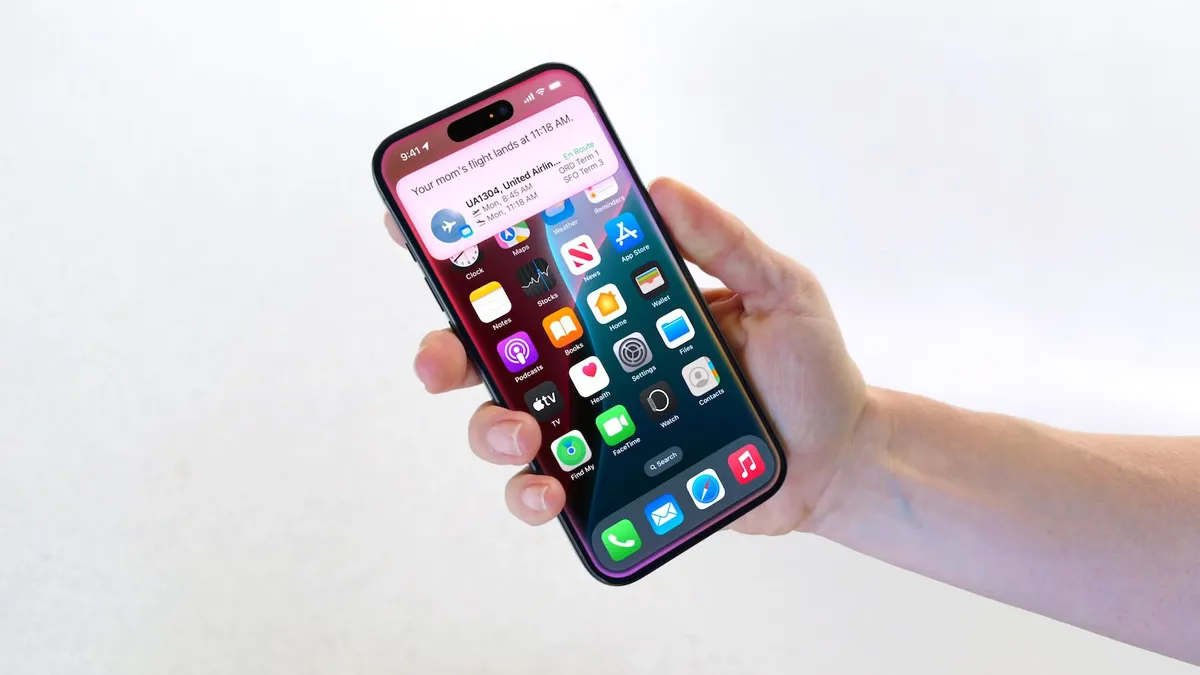
A recent report from The Information sheds light on the internal challenges that have plagued the revamping of Apple Intelligence and its flagship voice assistant, Siri. Within Apple, various strategies for the backend of this innovative technology were considered, including the development of both small and large language models, named Mini Mouse and Mighty Mouse. The initial plan was to deploy these models locally on iPhones and in the cloud. However, Siri's leadership ultimately opted for a single large language model designed to manage all requests via the cloud, leading to a series of technical pivots.
This indecision and frequent shifts in direction reportedly frustrated many engineers, leading to a noticeable exodus of talent from Apple. The company's commitment to privacy, coupled with conflicting personalities within its ranks, further complicated the situation. More than half a dozen former employees from Apple's AI and machine-learning group shared with The Information that poor leadership was a significant contributor to the challenges faced in executing the Siri project. Employees described an overly relaxed culture that lacked ambition and a willingness to take risks in developing future versions of Siri.
Internally, Apple's AI/ML group has been humorously dubbed AIMLess, while many employees refer to Siri as a "hot potato," constantly passed between teams without any substantial improvements. Additionally, tensions arose around issues such as pay disparities, promotion timelines, and work-life balance among colleagues in the AI group. Apple AI chief John Giannandrea expressed confidence in his ability to enhance Siri's capabilities through better training data and improved web-scraping techniques for general knowledge queries.
In the wake of the 2022 debut of ChatGPT, Apple's senior leaders did not respond with the urgency that many felt was necessary. Giannandrea notably dismissed the value that chatbots like ChatGPT could add for users. By 2023, Apple managers issued directives restricting engineers from integrating models from other companies into final products, allowing only benchmarking against these external models. Unfortunately, Apple's proprietary models fell short in performance compared to technologies developed by OpenAI.
Meanwhile, Siri leader Robby Walker concentrated on achieving incremental improvements, such as reducing response times. One of his notable projects involved eliminating the "hey" from the hey Siri command, a task that took over two years to complete. He also rejected proposals from a team of engineers aiming to enhance Siri's emotional sensitivity, which would allow the assistant to detect and respond appropriately to users in distress.
Apple initiated a project codenamed Link, intended to develop voice commands for controlling apps and performing tasks on the Vision Pro. The goal was to enable users to navigate the web and resize windows using only their voices, even allowing multiple users to collaborate in a shared virtual space. Unfortunately, most of these ambitious features were ultimately scrapped due to the Siri team's inability to deliver on them.
The report reveals that the demonstration of Apple Intelligence's most impressive features at WWDC 2024 was largely fictitious. For instance, Siri was showcased as having the capability to access a user's emails for real-time flight data and to provide reminders about lunch plans while mapping routes. However, this was reportedly a surprise to many on the Siri team, who had never encountered working versions of these capabilities. The only feature that made it to test devices was Apple Intelligence's pulsing, colorful ribbon around the display edge.
This decision to present an artificial demonstration marked a significant departure from Apple's traditional practices, wherein only working features approved by the marketing team were showcased at events. Despite the challenges, some Apple employees remain hopeful that Craig Federighi and Mike Rockwell can rejuvenate Siri. Federighi has reportedly encouraged Siri engineers to embrace any necessary means to develop the best AI features, even if it involves leveraging open-source models from other companies instead of relying solely on Apple's internal models.